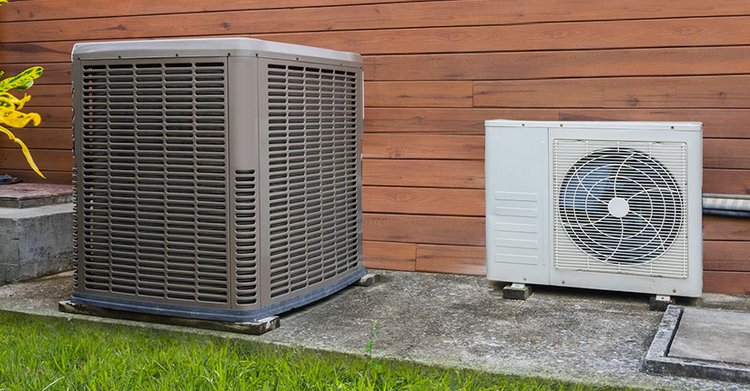In Alberta’s urban centers, the quest for sustainable energy solutions has become increasingly urgent. As concerns about climate change grow and the demand for efficient heating and cooling systems rises, heat pump technology has emerged as a key player in the province’s transition towards renewable energy. This article explores the role of heat pumps in harnessing renewable energy and transforming Alberta’s urban landscape.
Heat pumps represent a sustainable alternative to traditional heating and cooling systems by utilizing renewable energy sources such as air, ground, or water. In Alberta, where abundant renewable resources are available, heat pumps offer an environmentally friendly solution to the challenges of heating and cooling buildings in urban areas. By extracting heat from the outdoor environment during the winter and transferring it indoors, heat pumps in alberta provide efficient heating while significantly reducing energy consumption and greenhouse gas emissions.
One of the key advantages of heat pumps is their versatility in both heating and cooling functions. During the summer months, heat pumps can reverse their operation to extract heat from indoor spaces and transfer it outside, effectively providing air conditioning. This dual functionality eliminates the need for separate heating and cooling systems, streamlining energy usage and reducing environmental impact. In Alberta’s urban centers, where space is often limited, the compact size and efficiency of heat pumps make them an attractive option for residential and commercial buildings alike.
Furthermore, the adoption of heat pumps in Alberta is supported by government initiatives aimed at promoting energy efficiency and reducing carbon emissions. Programs such as the Residential Retail Products Program and the Business, Non-Profit, and Institutional Energy Savings Program offer incentives and rebates for the purchase and installation of energy-efficient heating and cooling equipment, including heat pumps. These incentives not only make heat pump technology more accessible to consumers but also stimulate market demand and drive innovation in the renewable energy sector.
In addition to their environmental benefits, heat pumps offer economic advantages for urban residents and businesses in Alberta. By reducing energy consumption and lowering utility bills, heat pumps can lead to significant cost savings over time. With energy prices on the rise and increasing pressure to reduce carbon footprints, the financial benefits of heat pump technology are becoming increasingly apparent to homeowners and commercial property owners in Alberta’s urban centers.
Moreover, the adoption of heat pumps contributes to Alberta’s broader goals of reducing reliance on fossil fuels and transitioning towards a cleaner and more sustainable energy future. By harnessing renewable energy sources for heating and cooling, heat pumps help decrease carbon emissions and mitigate the impacts of climate change. As Alberta continues to urbanize and expand, the widespread adoption of heat pump technology will play a crucial role in shaping a more sustainable and resilient urban landscape for future generations.
In conclusion, heat pump technology holds great promise for Alberta’s urban centers as a sustainable solution for heating and cooling buildings. With their ability to harness renewable energy sources, their versatility in operation, and the support of government incentives, heat pumps are poised to play a significant role in transforming Alberta’s urban landscape and reducing its environmental footprint. By embracing heat pump technology, Alberta can pave the way towards a cleaner, greener, and more sustainable future.



